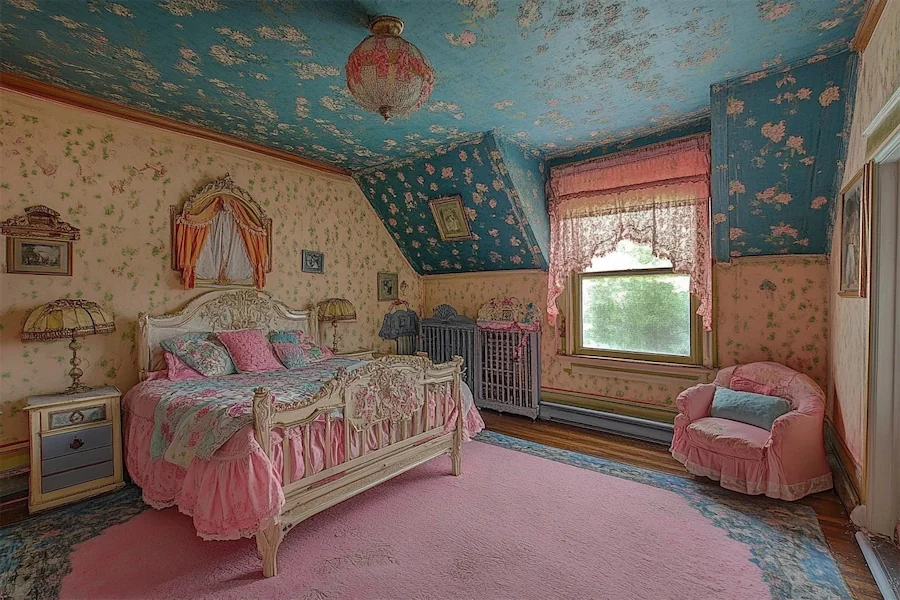Designing a Victorian-inspired kid’s room involves creating a space that reflects the elegance and charm of the Victorian era while catering to the practical needs and personal tastes of a child. This style is characterized by ornate furnishings, rich color palettes, and intricate decorative details, resulting in a room that is both sophisticated and inviting.
Introduction to Victorian Kid’s Rooms
Victorian design, originating from the reign of Queen Victoria (1837-1901), is known for its opulence and attention to detail. In a child’s room, this translates to a harmonious blend of luxury and comfort, creating an environment that feels both special and nurturing.
History and Origins of Victorian Kid’s Rooms
During the Victorian era, children’s rooms were often decorated with the same level of detail and richness as the rest of the home. This included the use of high-quality materials, elaborate patterns, and a focus on creating a nurturing environment. Today, incorporating Victorian elements into a child’s room pays homage to this tradition while allowing for modern adaptations to suit contemporary lifestyles.
Key Features of Victorian Kid’s Rooms
- Ornate Furniture: Incorporate pieces with intricate carvings and embellishments, such as a vintage wooden bed frame or an antique dresser, to add elegance and character to the room.
- Rich Color Palettes: Utilize deep, saturated colors like burgundy, emerald green, and navy blue to create a warm and inviting atmosphere. These hues can be balanced with lighter accents to prevent the space from feeling too heavy.
- Intricate Patterns and Textiles: Incorporate floral or damask wallpapers, along with richly textured fabrics like velvet or brocade for curtains and upholstery, to add depth and visual interest.
- Decorative Accessories: Add elements such as chandeliers, ornate mirrors, and vintage toys or books to enhance the Victorian ambiance and provide a sense of history and charm.
Applications of Victorian Kid’s Rooms
- Sleeping Area: A four-poster or canopy bed with detailed carvings, dressed in luxurious bedding, serves as a stunning focal point. Adding a lace canopy or embroidered pillows can enhance the Victorian feel.
- Study Space: A classic wooden desk with brass hardware provides a dedicated area for homework and reading. Pairing it with a comfortable, upholstered chair ensures functionality without compromising on style.
- Play Zone: Incorporate a vintage-inspired toy chest or an antique rocking horse to blend playfulness with the room’s overall aesthetic. Open shelving with decorative brackets can display toys and books, adding to the room’s charm.
Considerations When Designing a Victorian Kid’s Room
- Personalization: While maintaining the Victorian theme, incorporate elements that reflect your child’s interests, such as framed artwork of their favorite subjects or personalized monogrammed items, to make the space uniquely theirs.
- Balance: To prevent the room from feeling overly formal or dated, mix Victorian elements with contemporary pieces. For instance, pairing an antique bed frame with modern bedding can create a balanced and inviting space.
- Functionality: Ensure that the room meets the practical needs of a child by providing ample storage solutions and durable furnishings that can withstand daily use. Incorporating built-in wardrobes or under-bed storage can help keep the space organized and clutter-free.
Conclusion
A Victorian-inspired kid’s room offers a unique blend of elegance and comfort, creating a nurturing environment that reflects timeless design principles. By thoughtfully combining ornate furnishings, rich colors, and intricate details, you can craft a space that is both functional and enchanting for your child.
